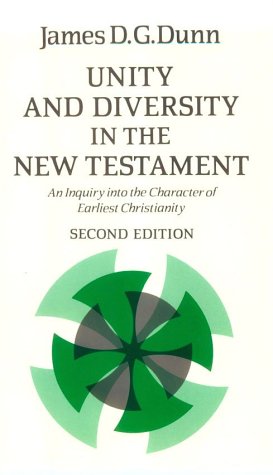Is the Homosexual My Neighbour? Another Christian View
Written by Letha Scanzoni and Virginia Ramey Mollenkott Reviewed By Bob RakestrawThe distinctiveness of this work lies in the fact that the authors are evangelical Christians who affirm the authority of scripture, yet accept the propriety of a covenantal homosexual relationship between persons of fixed homosexual orientation (constitutional homosexuals). While evangelicals Helmut Thielicke (The Ethics of Sex) and Lewis Smedes (Sex for Christians) have cautiously proposed similar positions, neither has contended so boldly as Scanzoni/Mollenkott that loving homosexual acts between committed partners are right, and violate neither natural order nor scripture. The authors hesitate to state this conclusion directly, but their handling of the biblical materials and their arrangement of citations and rhetorical questions convey unmistakably this view (see esp. chaps. 2, 5, 8, 9). They argue that since constitutional homosexuals are apparently unable to change permanently to heterosexuality (a conclusion too readily accepted), and since the Bible is silent about the homosexual condition (an unprovable assumption), those claiming to follow Christ must fully accept such homosexuals as ‘neighbours’, without disapproval of their sexual orientation or sexual activities within a proper covenantal sphere.
The authors with training in literature, sociology, religious studies and human sexuality, are well known in American evangelical circles, especially for their writings in behalf of biblical feminism. They write here for popular consumption in a lucid and flowing style, yet with evidence of extensive (though selective) research and deep reflection upon the issues involved.
The first chapter contains a much-needed plea for understanding and open-mindedness, especially from those whose inflammatory statements have severely alienated the homosexual community. With a curious blend of forced argumentation (e.g. pp. 21–23) and refreshing insight (e.g. pp. 20–21), the authors develop ‘The Risks and Challenges of Moral Growth’ (ch. 2). In chapter three Scanzoni and Mollenkott urge appreciation for the positive contributions to humanity from homosexuals (e.g. Michelangelo, Erasmus, James I of England, and Edith Hamilton). Quite rightly they expose the errors of stereotyping and stigmatization (ch. 4), and offer vital data from the social and behavioural sciences that contribute to a clearer understanding of homosexuality (ch. 6).
In chapter five (‘What Does the Bible Say?’) the sin of the men of Sodom is held to be violent gang rape and inhospitality; loving homosexual relationships are not in view in Genesis 19. The Levitical prohibitions (Lev. 18:22; 20:13) were primarily intended to ensure Israel’s avoidance of the idolatrous homosexual practices in the fertility religions of her neighbours (that such acts were involved in the fertility rites is by no means certain). Romans one condemns homosexuality in a context of lust and idolatry. ‘No reference is made to persons whose own “nature”, or primary orientation, is homosexual …’ (p. 65). The references (AV) to the ‘effeminate’, ‘abusers of themselves with mankind’, and ‘them that defile themselves with mankind’ (1 Cor. 6:9; 1 Tim. 1:10) are explained (much too hurriedly) as indictments against self-indulgence and homosexual exploitation, not against loving homosexual partnerships. The forced exegesis and selective use of scholarship in this chapter are quite striking. There is no evident consultation with stranded lexicons and commentaries, hence the discussion is very one-sided. And the treatment of the specific scriptures suffers because it lacks grounding in the broader theological context of human sexuality.
The final three chapters are concerned with alleviating ‘homophobia’ (fear of homosexuals), ‘The Debate in American Christendon,’ and ‘Proposing a Homosexual Christian Ethic.’ These chapters are quite valuable for their documentation, but Scanzoni and Mollenkott repeatedly weaken their case (as they do throughout the book) by strained argumentation and fallacious logic. For example, because conservatives have revised their views on masturbation, oral-genital sex, and sexual intercourse during menstruation, similar revision of views towards homosexual acts is supposedly warranted. No mention is made of the absence in the New Testament of the sex practices used for analogy.
Few evangelicals will be persuaded to accept the implied position of this book. Christians cannot approve homosexual acts and remain faithful to holy scripture. Yet we must love the homosexual as our neighbour. Those who fear that to express kindness and sympathy toward homosexuals will only confirm them in wrongdoing simply do not comprehend the sanctifying effect of divine gentleness and mercy.
Bob Rakestraw
Pastor of Calvary Baptist Church, Flemington, New Jersey







